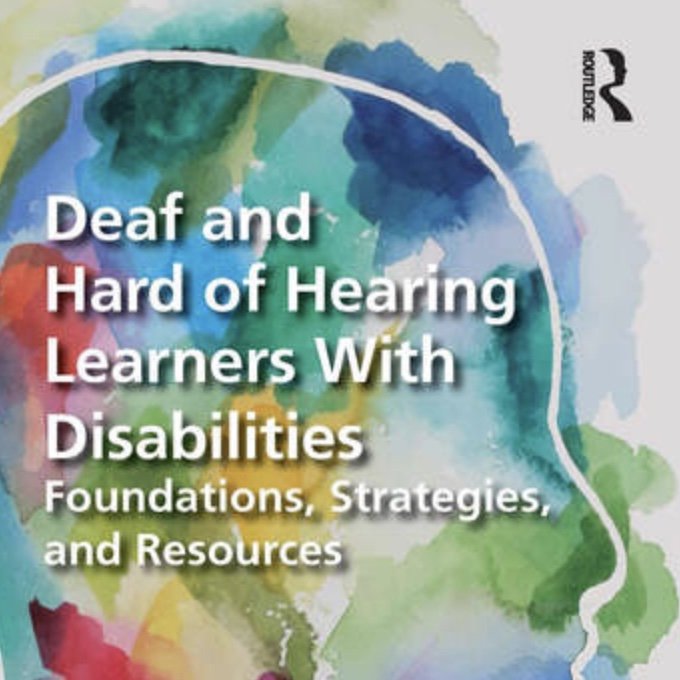Dr. Stephanie Cawthon has coauthored a new book chapter, Learners Who Are d/Deaf and Hard of Hearing With a Learning Disability, with Drs. Joanna E. Cannon, Caroline Guardino, and Amanda Clements published in the volume Deaf and Hard of Hearing Learners with Disabilities.
This chapter addresses the terminology surrounding learning disability (LD) and synthesizes the existing research and literature regarding students who are d/Deaf or hard of hearing (d/Dhh) with an LD. It addresses the ongoing challenges of identification as well as recommends strategies and resources beneficial to caregivers and educators.
About the topic
Dr. Cawthon illuminated the complexity of this topic in her keynote speech at Scarlett’s Park in the Silent Garden at Fresno State, an annual conference focused on deaf and hard of hearing children and adults. Her presentation explored:
-
The root causes of academic delays for deaf students — limited access to language, reduced social opportunities, negative attitudes and biases, and lack of qualified professionals — and considering the extent to which they may contribute to or compound the impact of a learning disability.
-
The cumulative effect of these root causes on learning throughout development.
-
The multiple complexities of diagnostic considerations, inaccessible assessments, intersectional identities, and variabilities in literacy acquisition pathways.
-
Instructional strategies for designing inclusive and supportive learning environments for deaf students, which include bringing high expectations, multimodal and interactive interventions, spelling and fingerspelling, personally relevant experiences, home support and shared reading, and more.
About the chapter
A review of the literature regarding learners who are d/Dhh-LD reveals inconsistent results across the past 50 years, with minimal research being conducted within the past decade. Determining strategies and practices to address these skill areas with learners who are d/Dhh-LD is a crucial next step, considering the minimal research that has been conducted.
The predicament involving definitions and various terminologies associated with LD and those learners who are d/Dhh-LD is critical to understand because it provides a historical context for the current state of the field.
About the book
Published in March 2022, Deaf and Hard of Hearing Learners with Disabilities is an essential book for courses at the undergraduate and graduate level, and in workshops and webinars for in-service teachers, professionals, and families.
It offers foundational information and research-based strategies for meeting the needs of deaf and hard of hearing learners with disabilities. Contributors examine the literature within each disability category, share best practices, and consider demographics/characteristics, intervention/identification, placement, communication/language, psychosocial issues, assistive technologies/accommodations, assessments, and transition/post-secondary outcomes.
